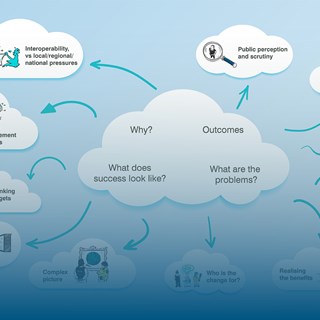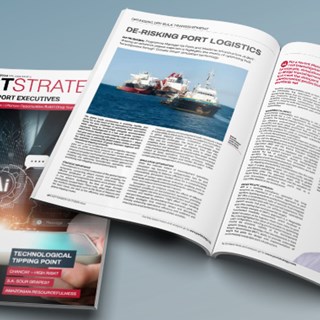La Niña results from strengthening equatorial trade winds leading to an accumulation of warm surface waters in the western Pacific. Warmer ocean temperatures result in more significant volumes of moisture in the atmosphere, bringing increased rainfall and more tropical cyclones. La Niña weather can also create a more extreme shift in temperatures.
In September 2022, the Bureau of Meteorology (BOM) announced Australia was entering its third La Niña summer. Thankfully, the BOM has also indicated that La Niña is looking relatively short and weak, likely to peak in late spring or early summer.

(Image source: Bureau of Meteorology (2016))
But even a weak La Niña can result in extreme rainfall, so we should remain vigilant of flood risks and the need for increased preparedness for potentially dangerous flood events.
Flooding and extreme rain events remain probable
With catchments already saturated from months of rain, flooding remains a real possibility this summer in many locations, even under more typical summer rain in the tropics.
Further, as we have seen recently, La Niña may strengthen as the season ensues, exacerbating flooding risks.

Planning and preparation can save lives and property
As the devastating flooding events across Eastern Australia in early 2022 illustrated, intense and prolonged rainfall can lead to loss of life, significant property damage, and longer-lasting societal impacts as homes and businesses are inundated and rendered unusable for extended periods.
The New South Wales (NSW) Flood Inquiry Report, released in July 2022, made 28 key recommendations for preparing for, planning, and responding to flood events. These initiatives are specific to NSW but have national and international relevance for managing increasing flood risks that a changing climate will exacerbate.
As outlined in the letter to the Premier by the co-Leads of the Inquiry –
‘the recommendations are intended to provide practical, proactive and sustained mechanisms to ensure readiness for and resilience to flood (and, by extension, other disasters). These mechanisms include enabling governance structures, administrative tools, new or enhanced systems, and better technology and processes to improve how decision-makers at all levels – state and local government, community and within families and households – plan and prepare for, respond to and recover from the flood.’ [1]
Adopting a risk-based approach to calculating flood planning level
One of the key findings of the NSW Flood Inquiry was that most landholders using the 1% Annual Exceedance Probability (AEP) for calculation of the flood planning level for planning purposes in NSW is not adequate, especially in the light of changing rainfall patterns, including the intensification of intra-day rainfall, with the consequent risk of more significant flash flooding. In response, it recommended that,
‘to take account of greater knowledge of climate change, Government reinforce its adoption of a risk-based approach to calculating the flood planning level for planning purposes and immediately start revising all flood planning level calculations in the state’s high-risk catchments.’
City and town-level adaptation planning
With a strong focus on flooding, the Inquiry further recommended that a disaster adaptation plan be built for each city and town in NSW, with planning instruments discouraging (and in many cases forbidding) development in high-risk areas. These plans are to be developed under the NSW Climate Change Adaptation Strategy, examining more detailed hazard mapping, improved disaster management and evacuation processes and, in some cases, planned migration or retreat from high-risk areas.
Flood planning at a household level
Finally, consistent with the Inquiry’s recommendations, establishing a flood plan for your household is one of the most important things you can do now to be ready for future weather events. Some points to consider when preparing your flood plan include:
- Do you live, work or regularly travel to a flood-prone area? Your local council will have information available to help you determine the potential for flooding in your area.
- Do you know where to go during an event and the safest route to get there, including evacuation centres or friends and relatives outside the flood-prone area?
- Do you know how to keep updated during an event? Listening to your local radio station and checking in on information posted to emergency service social media pages can save you up to date during an event.
- And the number one rule to remember during a flood is to ‘forget it if it is flooded’. Never attempt to pass through floodwater, whether driving, walking or riding.
For information on preparing for extreme weather events and emergencies, check out the resources developed by the Red Cross.







